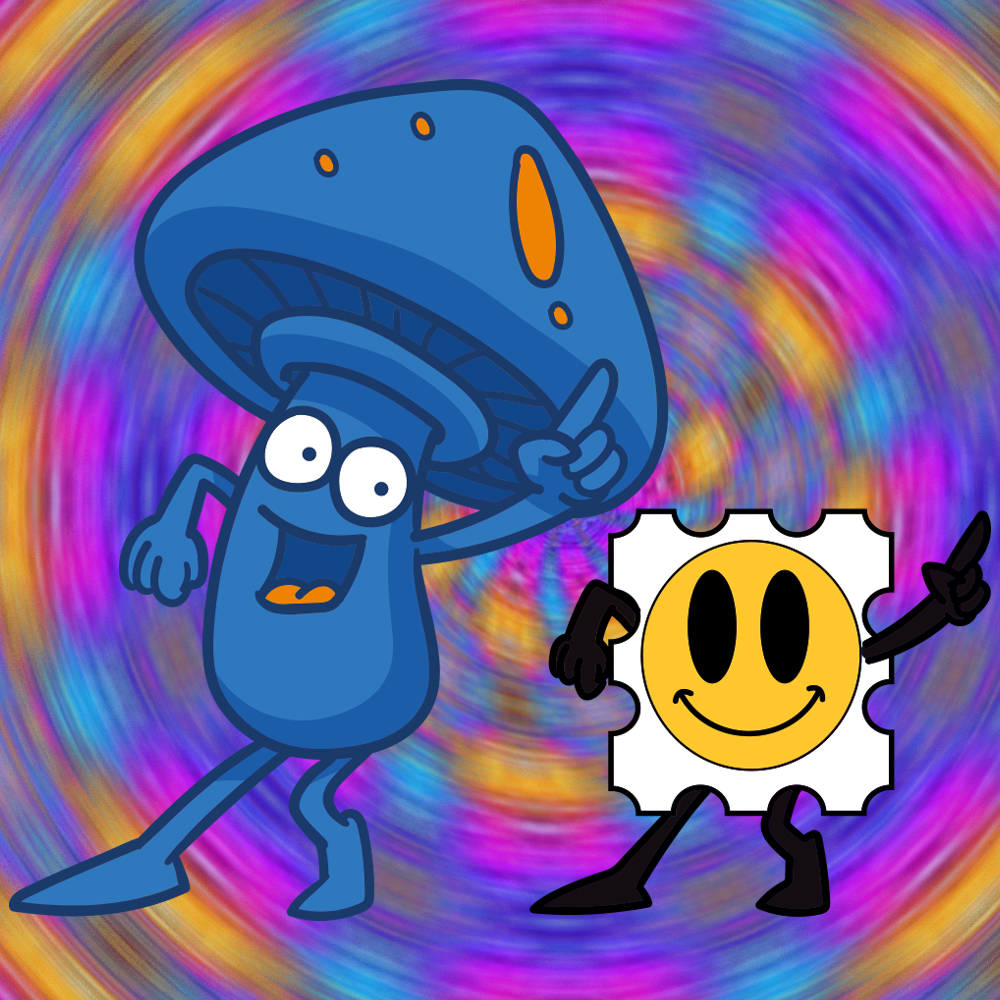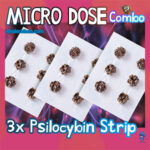This April 19th will mark the 81st anniversary of Bicycle Day. In the years since that pivotal day, when Albert Hofmann embarked on the first intentional LSD trip — famously venturing on his historic bicycle ride — a multitude of remarkable breakthroughs have unfolded in the realms of science, neurology, pharmacology, biology and physics. From the iconic Watson and Crick revelation to the profound influence of Steve Jobs’ visionary ideas, often attributed to LSD as a significant muse, countless advancements have reshaped our scientific landscape and deepened our comprehension of the world. Without Hofmann’s bold experimentation on himself, many of these transformative moments might never have come to fruition.
Let’s explore the major discoveries and paradigm shifts that have unfolded since that courageous voyage into the unknown.
But first, a quick refresher…
Chemist Albert Hofmann, born in Switzerland in 1906, first synthesized LSD (Lysergic Acid Diethylamide-25) in 1938. He was employed by a Basel laboratory after graduating from Zurich University, tasked with creating a compound to aid respiratory and circulatory issues.
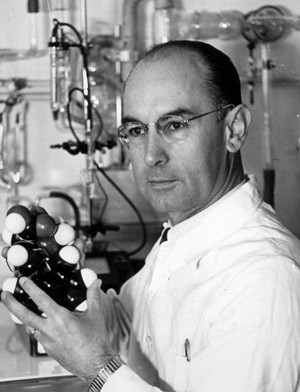
After numerous attempts, LSD-25 emerged on Hofmann’s 25th experiment. Despite showing signs of excitement and exhilaration in lab animals, it wasn’t deemed significant enough to continue research at the time. However, five years later, still with a lingering curiosity, Hofmann revisited LSD-25. In 1943, during the re-synthesis process, he accidentally ingested a small amount, leading to peculiar sensations. Intrigued by his experience, he decided to conduct a deliberate experiment.
On April 19th, 1943, at 4:20 pm, Hofmann intentionally ingested what he thought was a small dose of LSD-25—250 micrograms. As the effects began, he noted feelings of dizziness, anxiety, visual distortions, and a desire to laugh. Due to wartime restrictions on automobile use, Hofmann’s only option for getting home was to ride a bicycle. Accompanied by his lab assistant, he embarked on what would become a remarkable journey. During the bicycle ride, Hofmann experienced intense hallucinations—kaleidoscopic images, variegated colors, and shifting patterns. Arriving home, his hallucinations intensified, with ordinary objects appearing twisted and threatening. Fearing he was dying, Hofmann called a doctor, who found nothing physically wrong aside from Hofmann’s dilated pupils. Reassured, Hofmann began to embrace the sensations and hallucinations.
A Whole New World…
The following day, as the effects wore off, Hofmann was struck by the newfound beauty of the world around him. Everything seemed to glisten and sparkle in a fresh light, as if the world had been reborn. This extraordinary experience led Hofmann to further research LSD, exploring its potential therapeutic and psychological effects. Despite its subsequent controversial reputation, Hofmann remained convinced of LSD’s potential for positive transformation.

Today, April 19th is celebrated as “Bicycle Day,” commemorating Hofmann’s groundbreaking experiment and the now famous bicycle ride that followed. It serves as a reminder of the profound impact that a small accidental discovery can have on science and culture.
Now onto those exciting discoveries…
Chemicals and Consciousness
In the mid-20th century, psychology and psychiatry mainly attributed mood, desires, feelings, memories, behaviors, and personalities to factors like environmental experiences, childhood events, and unconscious processes. Brain activity was thought to be primarily electrical. Before the 1940s and 1950s, the idea that chemicals in the brain could affect consciousness was unfamiliar. The discovery and study of psychoactive substances like LSD, DMT, and psilocybin during this time challenged these beliefs, giving rise to the fields of neurochemistry and neuropharmacology. This led to the development of psychopharmacology as a scientific discipline.
The discovery of LSD in 1943 heavily influenced research into serotonin, a neurotransmitter now known to regulate mood, sleep, appetite and many other important functions. One of the significant findings from research on psychedelic drugs was understanding the importance of serotonin in mental processes. Serotonin’s chemical structure was identified in 1949, and it was already known to play a role in preventing bleeding by helping blood clot when tissues are damaged. In the early 1950s, researchers discovered serotonin in brain tissues, suggesting it might also have a role in brain function and consciousness.

How LSD Helps Us Understand the Brain
LSD’s effects on serotonin receptors sparked interest in understanding how neurotransmitters modulate brain function and behavior. This led to further characterization of serotonin receptors in the brain. LSD research laid the groundwork for studying the neurochemical basis of mood, consciousness and perception, contributing to our understanding of mental health and illness.
Sir John H. Gaddum, a British pharmacologist, conducted early research on serotonin. In 1953, he personally experimented with LSD four times to understand its effects. These self-experiments, combined with his laboratory studies on LSD and serotonin, led Gaddum to propose the connection between LSD and serotonin. He was the first to suggest that LSD’s psychedelic effects were linked to its influence on serotonin function.
The Double Helix Structure of DNA
Francis Crick, the Nobel Prize-winning geneticist, had a remarkable revelation while under the influence of LSD over 50 years ago. Alongside his colleague James Watson, they famously announced the discovery of the double-helix structure of DNA after a momentous run from their lab to a nearby pub. Crick later shared that he used small doses of LSD to enhance his thinking, attributing the psychedelic substance to aiding his unraveling of DNA’s structure. Despite his conventional image, Crick was influenced by novelist Aldous Huxley’s writings on LSD and mescaline, even advocating for drug law reform. Crick’s experience hints at the extraordinary potential of altered states of consciousness to inspire groundbreaking discoveries.
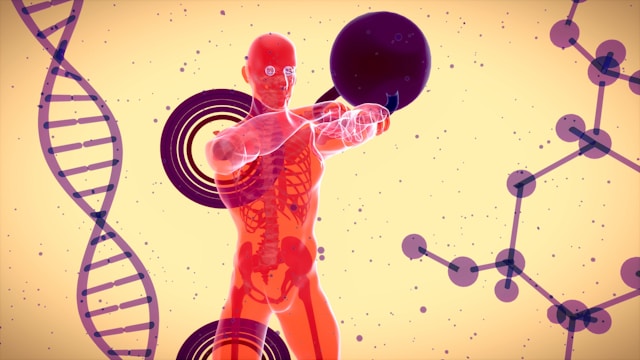
In the 1950s, scientists used the term “gene” to describe the smallest unit of genetic information without knowing what it looked like or how it worked. Oswald Avery’s work in 1944 confirmed that DNA carried hereditary information in bacteria, but many scientists still thought DNA was too basic to store complex genetic information. They believed proteins were more likely candidates for this role.
Crick and Watson Get Molecular
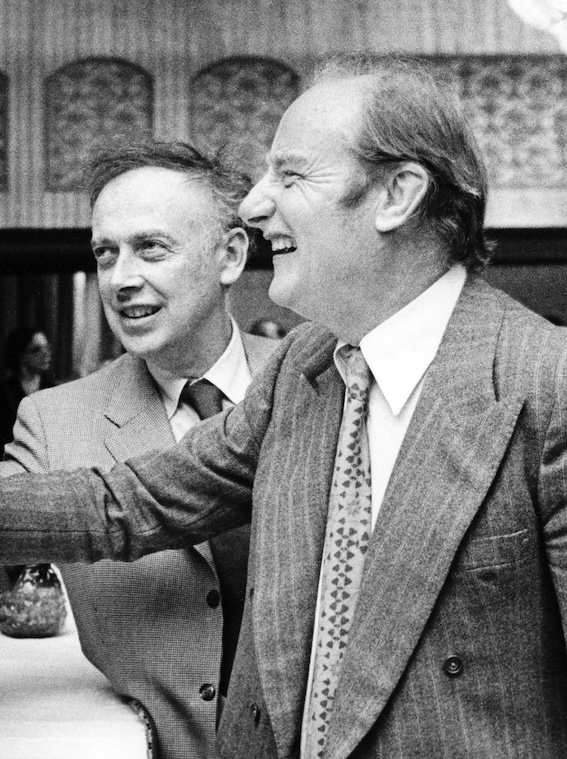
Crick and Watson understood early on that understanding the structure of genes was crucial for understanding heredity and reproduction. They began working on this problem together in 1951, focusing intensely for the next eighteen months. They had to delve into various scientific fields like genetics, biochemistry, chemistry, physical chemistry, and X-ray crystallography. While they didn’t conduct DNA experiments themselves, they combined their expertise in physics and X-ray crystallography (Crick) with viral and bacterial genetics (Watson). Through their determination and intuition, as well as the occasional use of LSD, they showed that DNA had a complex yet elegantly simple structure, the double helix, making it a key molecule of life.
Fully resolving whether Crick was under the influence of LSD when he conceived the double helix structure of DNA remains challenging, as speculation and anecdotes have evolved over time. However, it’s established that LSD can profoundly influence perception and potentially aid in visualizing complex scientific and biological concepts, as shown by our next examples.
The PCR Test
Dr. Kary Mullis, known for inventing the PCR test, faced controversy despite winning a Nobel Prize in 1993. His unconventional approach, including his use of LSD, raised eyebrows in the scientific community. Mullis credited LSD with sparking the idea for PCR, a groundbreaking technique in molecular biology. PCR, or polymerase chain reaction, revolutionized genetic research by allowing scientists to amplify DNA sequences. Mullis’ creative process, influenced by his LSD experiences, led to the development of the PCR test. The idea is said to have come to him while driving through California in 1983.
Regarding the influence of LSD on his thinking, Mullis stated: “Would I have invented PCR if I hadn’t taken LSD? I seriously doubt it, I could sit on a DNA molecule and watch the polymers go by. I learnt that partly on psychedelic drugs.”

Despite initial skepticism, PCR tests gained widespread acceptance due to their immense utility in various fields of science. Mullis’ contribution earned him recognition, though he left the biotechnology company where he developed the technique before its full potential was realized. Despite controversies and personal struggles, the PCR test remains a cornerstone of modern molecular biology, impacting scientific research and diagnostics worldwide.
Examples like this help to show that the balance between discipline and fun, when done intelligently, can lead to the most groundbreaking discoveries results.
Apple Computers
Steve Jobs’ experiences with LSD played a significant role in shaping his worldview and approach to innovation, which ultimately influenced the development of Apple computers. Jobs famously experimented with LSD during his younger years, describing the experience as a profound and enlightening journey. He once remarked, “Taking LSD was a profound experience, one of the most important things in my life.” Jobs believed that LSD opened his mind to new possibilities and ways of thinking, inspiring creativity and innovation in his work. The psychedelic experiences of Jobs deeply influenced his approach to design and technology. He saw LSD as a tool for expanding consciousness and tapping into a higher level of creativity. Jobs often spoke about the importance of thinking differently and embracing unconventional ideas, qualities he attributed in part to his experiences with LSD.
Jobs famously stated “The people who are crazy enough to think they can change the world are the ones who do.”

His belief in the power of LSD to enhance creativity and innovation permeated the culture of Apple during its formative years. The company’s ethos of innovation, simplicity, and design excellence can be traced back to Jobs’ visionary leadership and his willingness to challenge conventional thinking.
Reflecting on his LSD experiences, Jobs once said, “I would not be the person I am, I would not have the success I’ve had, without those experiences.”
In essence, Steve Jobs’ experiences with LSD served as a catalyst for his unconventional approach to technology and design, shaping the ethos of Apple and laying the foundation for its groundbreaking products. His willingness to think differently and embrace experimentation helped Apple revolutionize the computer industry and transform the way we interact with technology.
There Are Still Plenty of Discoveries To Be Made!
Whether you’re a scientist, artist, entrepreneur, or simply curious about the world around you, psychedelics like LSD and Psilocybin offer a unique opportunity to uncover insights and unlock innovation. These substances can provide a glimpse into realms just beyond our ordinary perception, where the mysteries of life and consciousness reside. By embracing altered states of consciousness responsibly and with intention, we may find inspiration, creativity, and new perspectives that can fuel breakthroughs in any field of endeavor. So whether its an actual bike trip, diving into a subject that makes you curious, or exploring the uncharted lands of your mind with one of our many products, why not take a ride into the unknown this Bicycle Day and see what wonders await?
